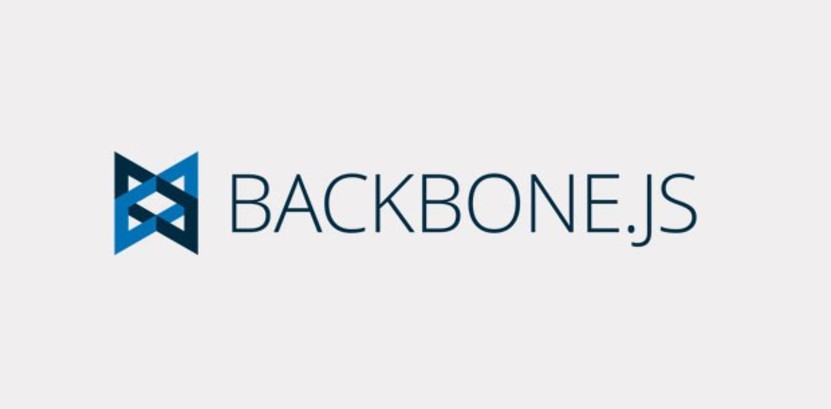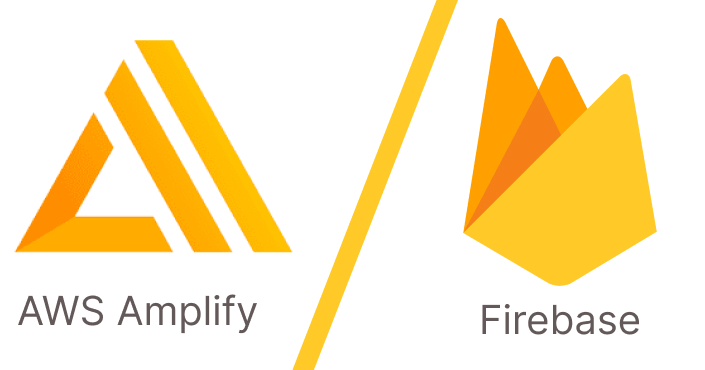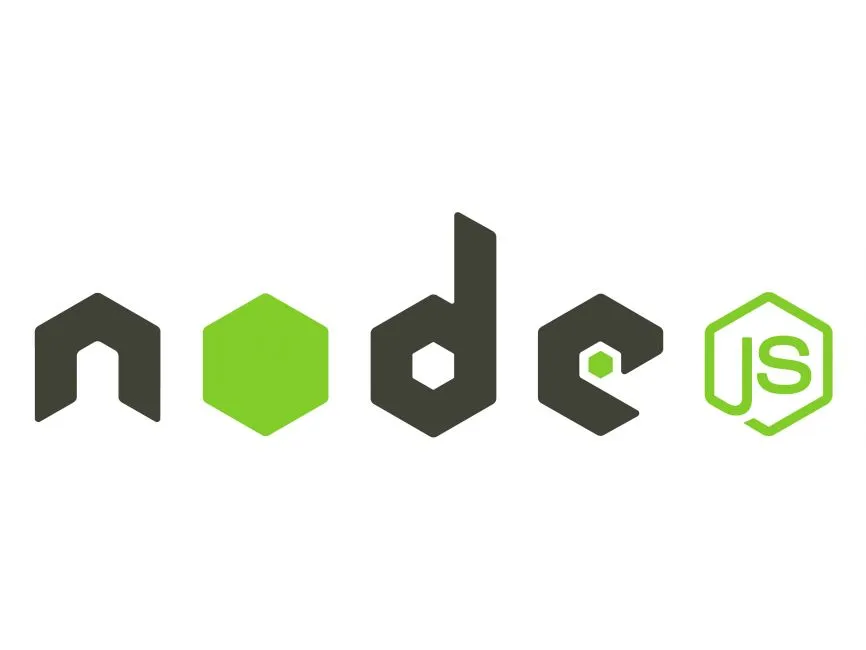Top 10 JavaScript Frontend Libraries for 2024
Rohit Raut
23, October 2024

Introduction to JavaScript and Frontend Libraries
JavaScript has become the backbone of modern web development. As we step into 2024, developers continue to seek efficient and powerful ways to create dynamic user experiences. Frontend libraries play a crucial role in this journey, allowing us to build interactive interfaces with ease.
With so many options available, choosing the right library can feel overwhelming. Each framework comes with its unique features and benefits tailored for different project requirements. Whether you are looking for speed, simplicity, or scalability, there’s likely a JavaScript library that fits your needs perfectly.
In this article, we’ll explore the top ten JavaScript frontend libraries making waves in 2024. From industry giants like React and Angular to emerging stars like Svelte and Aurelia, there’s something here for everyone aiming to elevate their coding game! Dive in as we uncover what makes each of these libraries stand out in today’s fast-paced tech landscape.
Top 10 JavaScript Frontend Libraries for 2024:
As we step into 2024, the JavaScript landscape continues to evolve. Choosing the right frontend library can make or break a project. Here’s a look at the top contenders.
-
React is still reigning supreme. Its component-based architecture and vast ecosystem make it an excellent choice for building interactive UIs.
-
Angular offers a robust framework with powerful features, perfect for enterprise-level applications. Its two-way data binding simplifies data management significantly.
-
Vue.js remains popular due to its gentle learning curve and flexibility. Developers appreciate its progressive nature that allows gradual integration into existing projects.
-
Svelte stands out by compiling components at build time, resulting in exceptional performance and smaller bundles.
-
Ember.js provides strong conventions and best practices, ideal for ambitious web applications needing structure from the start.
-
jQuery, though older, still holds relevance with its simplicity in handling DOM manipulation across browsers.
-
Polymer promotes reusable components while Backbone.js delivers minimalistic frameworks for developing single-page apps efficiently.
-
Mithril shines with speed as a modern alternative built specifically for creating dynamic UIs rapidly.
-
Aurelia emphasizes developer experience by embracing modern standards seamlessly within your workflow.
A. React

React has cemented its place as a top choice for developers in 2024. Its component-based architecture makes building user interfaces both efficient and straightforward.
One of React’s standout features is its virtual DOM, which enhances performance by minimizing direct manipulation of the real DOM. This results in faster rendering and a smoother user experience.
The ecosystem around React is vast. Libraries like Redux for state management and React Router for navigation complement it perfectly, allowing developers to create robust applications with ease.
Additionally, Facebook continues to support and evolve React. Regular updates introduce new features that keep it relevant amidst changing technologies.
With an active community behind it, finding resources or getting help is never difficult. This thriving environment fosters innovation and collaboration among developers worldwide.
B. Angular

Angular is a powerful front-end framework developed by Google. Its robust architecture supports the development of dynamic, single-page applications with ease.
One standout feature is its two-way data binding. This allows for seamless synchronization between the model and view components, making it easier to manage complex state changes.
Another advantage is Angular’s dependency injection system. It simplifies code management and enhances testing capabilities, which can be a game-changer in larger projects.
The built-in CLI (Command Line Interface) streamlines project setup and makes it effortless to generate new components or services. This leads to faster development cycles without sacrificing quality.
Moreover, Angular offers extensive documentation and a vibrant community support network. Whether you’re just starting or are an experienced developer, resources abound to help you tackle any challenge that arises while building your application.
C. Vue

Vue.js has emerged as a popular choice among developers for its simplicity and flexibility. This progressive JavaScript framework allows for gradual integration into projects, making it accessible for both beginners and seasoned professionals.
One of Vue’s standout features is its reactive data binding system. This means that when the underlying data changes, the view updates automatically. This leads to smoother user experiences without extra effort from developers.
The component-based architecture facilitates code reuse. Developers can build encapsulated components that manage their own state, enhancing maintainability.
Moreover, Vue’s ecosystem boasts powerful tools like Vue Router and Vuex for state management. These additions make building complex applications more manageable while keeping the codebase clean and organized.
With an active community backing it up, resources are plentiful. Whether you’re looking to create single-page applications or lightweight interfaces, Vue.js is worth considering in 2024’s landscape of frontend libraries.
D. Svelte

Svelte is making waves in the JavaScript community. Unlike traditional frameworks, it shifts much of the work to compile time, resulting in faster applications with less overhead.
Developers appreciate its simplicity and intuitive syntax. You can create reactive components without complex state management. This leads to cleaner code that’s easy to maintain.
The ecosystem around Svelte is growing too. With tools like Sapper for building apps, developers find everything they need in one place.
Another standout feature is its small bundle size. This means users experience quicker load times and better performance overall.
For those looking for a fresh approach to frontend development, Svelte offers an exciting alternative worth exploring in 2024.
E. Ember

Ember.js stands out in the JavaScript ecosystem for its strong convention-over-configuration approach. This means developers can focus on building their applications instead of wrestling with setup intricacies.
One notable feature is Ember’s powerful routing system, which allows for seamless transitions between different application states. Its commitment to productivity makes it an ideal choice for ambitious web applications.
With a robust data layer built around Ember Data, managing models and relationships becomes streamlined. Developers appreciate how easily they can work with APIs and handle complex data structures.
Moreover, Ember’s vibrant community contributes to its longevity through regular updates and extensive documentation. This support ensures that newcomers can find resources while seasoned developers share best practices.
For teams looking to build large-scale projects quickly, Ember.js offers the tools necessary to maintain high performance throughout development cycles.
F.jQuery

jQuery remains a classic in the ever-evolving world of JavaScript libraries. Its simplicity and ease of use have made it a go-to choice for many developers since its inception.
What sets jQuery apart is its ability to simplify HTML document traversing, event handling, and animation. This makes it particularly useful for those who want to create interactive web elements without diving deep into complex code.
While newer frameworks like Vue.js or React may overshadow it, jQuery still holds relevance. It’s often found in legacy projects where quick fixes are necessary or when rapid prototyping is needed.
Moreover, with an extensive ecosystem of plugins available, developers can easily extend functionality without reinventing the wheel. For smaller tasks or simple websites, jQuery remains lightweight and effective—a reliable tool in any developer’s toolkit.
G. Polymer

Polymer is a powerful JavaScript library designed for building web components. It allows developers to create reusable custom elements that can be used across various projects.
One of the standout features of Polymer is its ability to leverage the Web Components standard. This makes it easier for developers to encapsulate functionality and styles within individual components, promoting cleaner code.
With Polymer’s declarative syntax, creating complex interfaces becomes intuitive. The data-binding capabilities streamline interactions, enhancing user experience without convoluted scripts.
Moreover, Polymer encourages modular development. Its ecosystem supports a variety of tools that enable seamless integration with other libraries and frameworks.
As browsers continue evolving towards native support for web components, Polymer remains relevant in the modern JavaScript landscape. It empowers developers to build robust applications while embracing future-ready technologies.
H. Backbone

Backbone.js is a lightweight JavaScript library that offers structure to web applications. It provides the essential tools to create single-page apps by enhancing organization through models, views, collections, and routers.
One of Backbone’s standout features is its minimalistic approach. This allows developers to build scalable applications without unnecessary bloat. The library’s event-driven architecture facilitates real-time updates and ensures smooth user interactions.
Despite emerging competition, Backbone remains relevant for projects requiring simplicity and flexibility. Its compatibility with other libraries makes it an attractive choice for those looking to integrate various technologies seamlessly.
Community support is another strong point. Numerous plugins enhance functionality while keeping the core framework lean. For teams familiar with traditional MVC (Model-View-Controller) patterns, Backbone.js feels intuitive and straightforward.
I. Mithril

Mithril is a lightweight JavaScript framework designed for building single-page applications. Its focus on speed and simplicity makes it a popular choice among developers.
Unlike many other libraries, Mithril has no dependencies. This means you can easily integrate it into existing projects without worrying about bloated file sizes. The small footprint enhances performance, allowing for quicker load times.
Mithril’s virtual DOM implementation ensures efficient updates to the user interface. This leads to smoother interactions and minimal lag during navigation or data changes.
The library also boasts an intuitive API that accelerates development time. With its straightforward syntax, both beginners and seasoned developers can create robust applications with ease.
Another standout feature is its built-in routing capabilities. This allows developers to manage application state seamlessly while still maintaining a clean code structure, making Mithril an attractive option in 2024’s competitive landscape of frontend frameworks.
J. Aurelia

Aurelia stands out in the crowded landscape of JavaScript frontend libraries. With its focus on simplicity and convention over configuration, developers find it intuitive to use.
One of Aurelia’s key strengths is its powerful data-binding capabilities. This feature allows for seamless synchronization between your model and view. Developers appreciate how easy it is to implement dynamic interfaces without extensive boilerplate code.
Another impressive aspect is its modular architecture. It enables you to pick and choose only what you need, keeping applications lightweight yet robust. The flexibility offered by Aurelia can be a game-changer for projects that require both speed and scalability.
Moreover, Aurelia promotes clean coding practices through its use of modern JavaScript features like ES6 modules. This encourages developers to write maintainable code while enjoying an enhanced development experience with better tooling support.
Comparison of Features and Benefits
When evaluating JavaScript frontend libraries, features and benefits can set them apart. React shines with its virtual DOM for speed and efficiency. This makes it a favorite among developers seeking performance.
Angular offers a complete framework approach, making it suitable for large-scale applications. Its two-way data binding enhances synchronization between model and view components.
Vue.js strikes a balance with an approachable learning curve while providing powerful capabilities like reactive data binding. It’s perfect for both beginners and experienced developers alike.
Svelte takes the lead by compiling apps at build time instead of using a virtual DOM, resulting in smaller bundles and faster load times.
Ember.js stands out with its convention-over-configuration philosophy, allowing rapid development without sacrificing quality. Each library brings unique strengths to the table that cater to different project needs.

